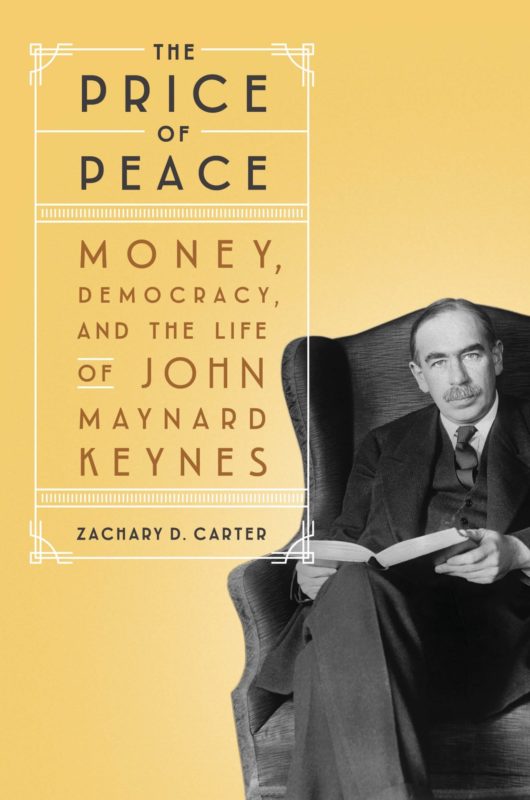I take Carter’s approach to be horizonal, by which I mean that he argues persuasively that we should understand Keynes as an intellectual, not merely an economist, with deep interests in art, philosophy, and politics, all of which he traces with great sympathy and skill. A veteran financial journalist unintimidated by math, Carter does a superb job of analyzing Keynes’ technical and political writings and his analysis of them is probing, comprehensive, and, at times, critical. But he shows that Keynes’ ambitions were grander and that his intellectual biography requires taking all of these into account. So, we get a deep dive into his economic thought that is deeply contextualized by his life experiences and influences, and a persuasive argument that economics and politics cannot be separated. The approach is horizontal in examining the wide range of influences that shaped Keynes’s life and thought, and, also, showing, in turn, how that thought has shaped politics and policy.
By a vertical approach I mean, in contrast, an approach that not only looks across for context but above, below, and outside of these circles as well. Such an approach might explore not only those influences but things that Keynes didn’t notice because they lay outside his field of vision. Versions of some of Keynes’s key insights, taken to be original and even revolutionary, in the world of professional economics and public policy, can be found in circles that Keynes did not know about or take seriously, such as nineteenth century labor reformers or abolitionists.
The differences between what I am calling vertical and horizontal history may seem to resemble those between “top down” and “bottom up” approaches. But they are not identical because a “top down” history can also be vertical in that it can explore many different strata rather than keep its gaze fixed only at one, which is a characteristic of the horizontal approach. Nor am I suggesting that one approach is more radical than the other. What I calling vertical and horizontal approaches to history can take many forms and have no simple political valence. Indeed, I would describe Carter’s perspective as radical in its willingness to challenge orthodoxies and in its reminder of the fundamentally democratic message at the heart of Keynesian vision, which is the belief that we as citizens can, with the proper conceptual tools, both analyze the world and remake it too.
